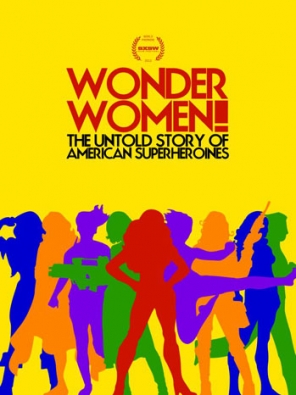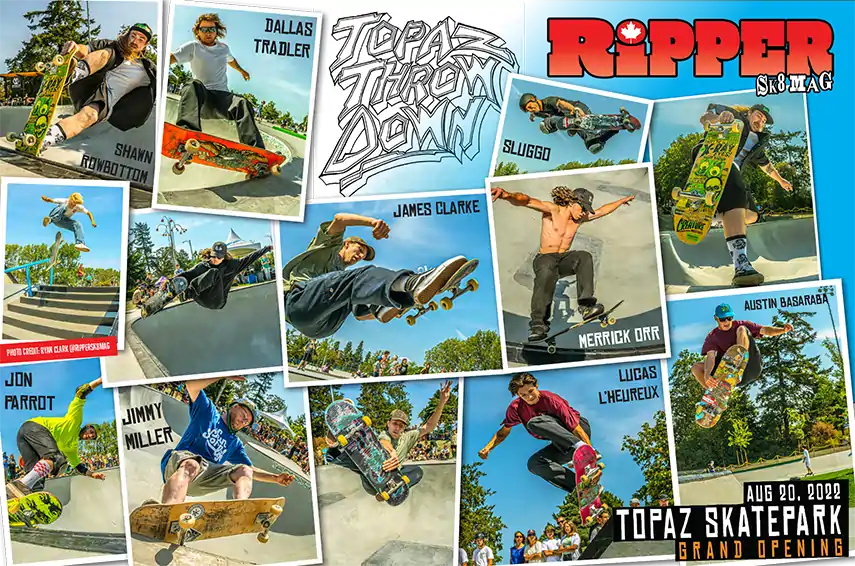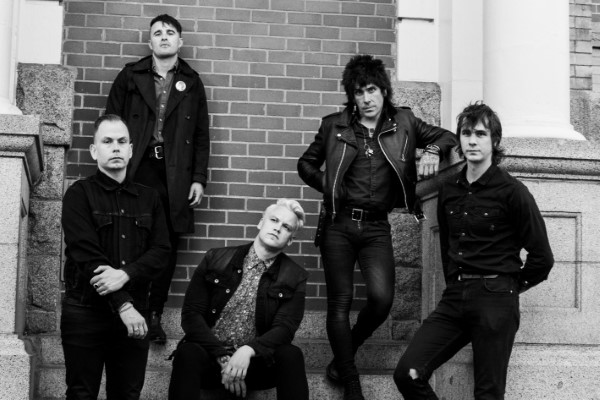 Trina Robbins is just one of the many artists and writers who appeared in the documentary Wonder Women! The Untold Story of American Superheroines. With her contemporaries, they talk about gender roles in the world of comic books and popular culture. But for those readers unfamiliar with her name, she was part of the underground comix movement, having worked on Wimmen’s Comix for numerous years. But in more familiar circles, she is known as the co-creator of the character Vampirella.
Trina Robbins is just one of the many artists and writers who appeared in the documentary Wonder Women! The Untold Story of American Superheroines. With her contemporaries, they talk about gender roles in the world of comic books and popular culture. But for those readers unfamiliar with her name, she was part of the underground comix movement, having worked on Wimmen’s Comix for numerous years. But in more familiar circles, she is known as the co-creator of the character Vampirella.
Robbins was one of the few female artists who simply did her own thing in an industry once dominated by, according to her words, ‘cowboy mentality.’ Despite all the struggles that she lived through and wrote about in books like A Century of Women Cartoonists, she’s become more than just an activist.
At the screening of Wonder Women! at the Victoria Film Festival, she introduced the movie and, afterwards, answered questions about what may be next for gender equality. This film is an excellent retrospective and enunciation of an industry that was once fueled by narrow points of view. From the 30’s to 50’s, some comic book creators thought the female heroine should be subservient.
With this movie, what is revealed is not the case. Wonder Woman is a character who fought for equal rights. Her transformation throughout the ages, from her first appearance in All Star Comics #8 to Wonder Woman #600, is nicely told. However, very little is said about DC Comic’s recent reboot of their comic book lineup and how they have reinterpreted the Wonder Woman character. In the DC Universe, she is one of the most valuable members in the Justice League. Between her, Batman and Superman, they are the ‘DC Trinity.’
Most of the film deals with fans, ranging in age from a young child to adult, from the States stating how Wonder Woman has empowered them throughout life. Unlike other DC heroes, especially Batman, she is a role model second only to Superman. A little more could’ve been told to reveal what her worldwide influence is, but that would be like asking an American patriot about what he or she thinks of Russia during the coldest day of the year.
And the heroines the general public find are not limited to pop culture. This film does a great job at looking at all the influential role models in history and popular culture. In literary circles, if Nancy Drew was mentioned, it went by too fast for some people to notice. Although she appeared a decade before Wonder Woman, even a byline would have helped make this film feel complete.
At least modern contemporaries like punk-zine writer Kathleen Hanna are also represented. The way this documentary ends is perfect since it does more than sum up the attitudes of a previous century and last decade. This movie is very empowering in the positive message it delivers.
But as for who will emerge these days as a cultural icon of the early 21st century, that will depend on a variety of factors. Even this documentary shows that Trina Robbins is also a heroine. It’s all in the virtues that the individual stands for. Shazam!



